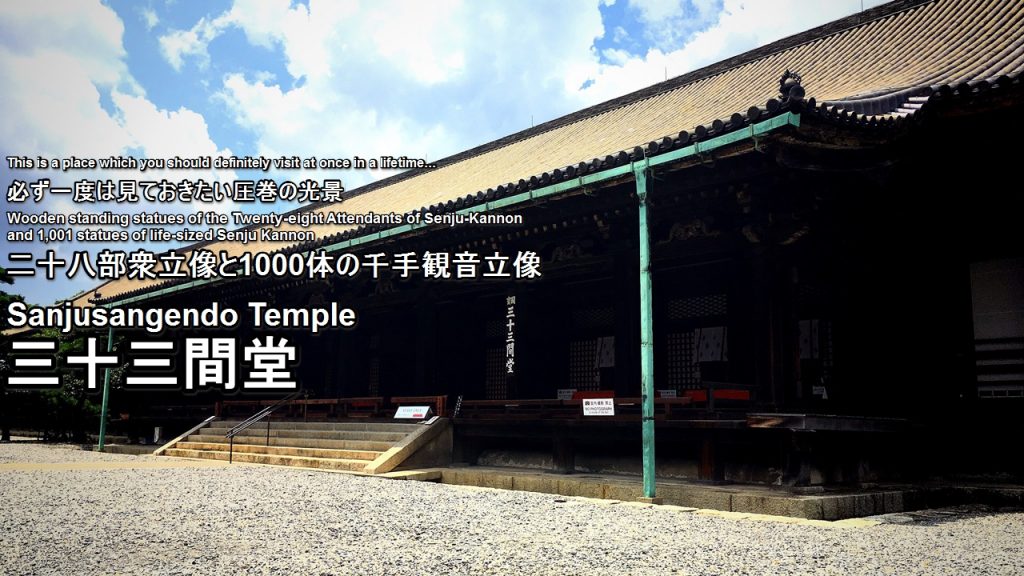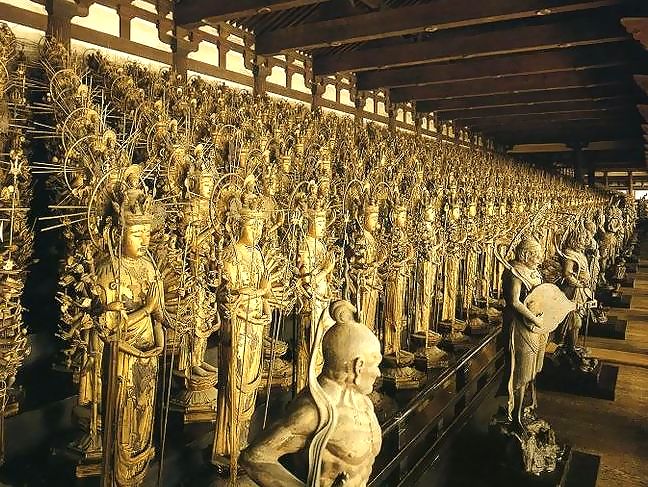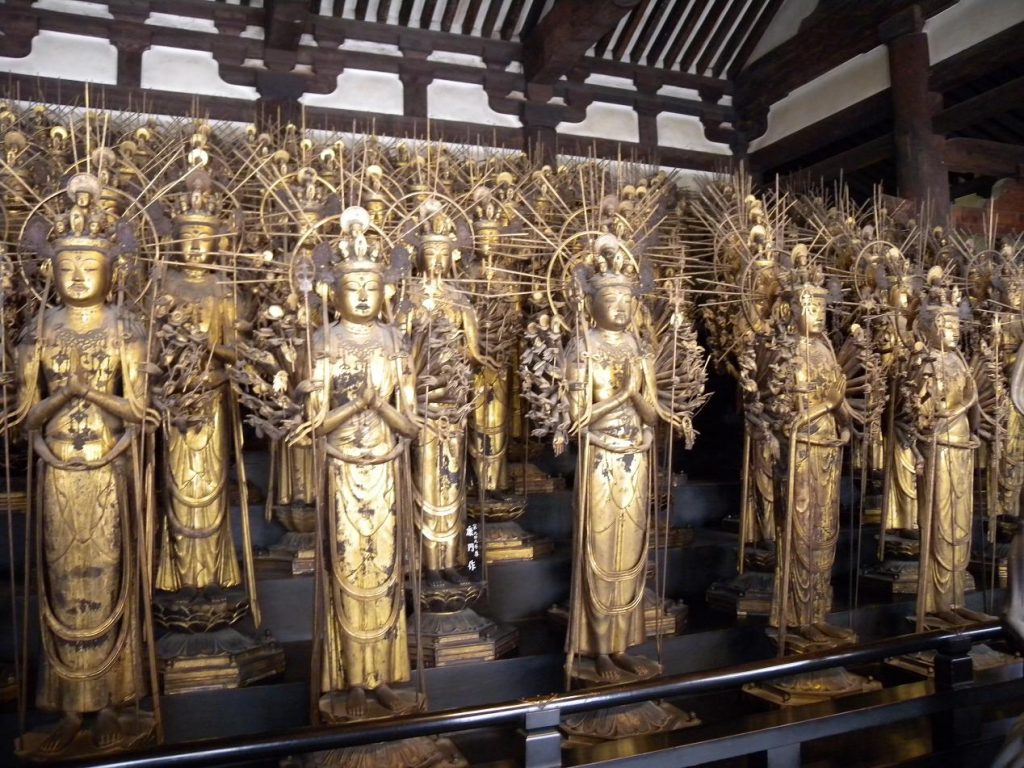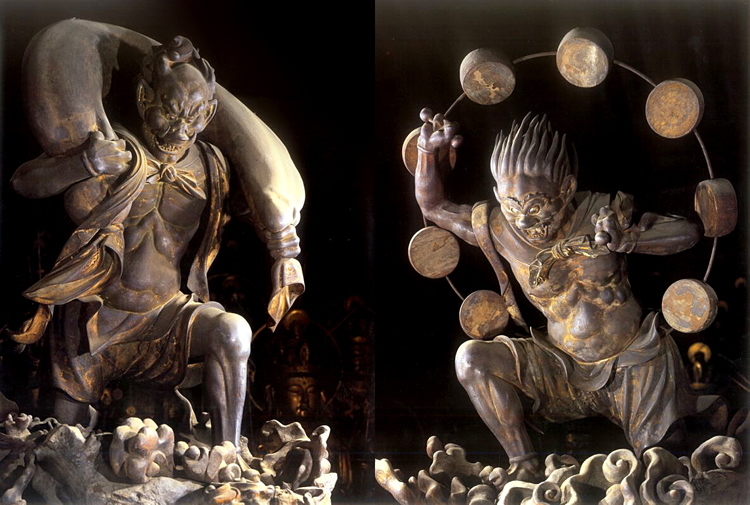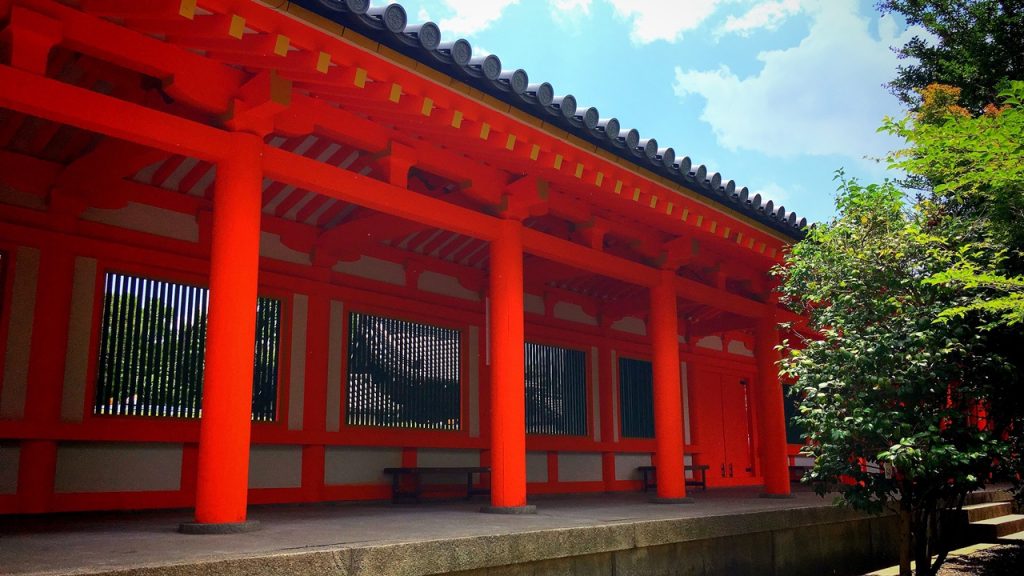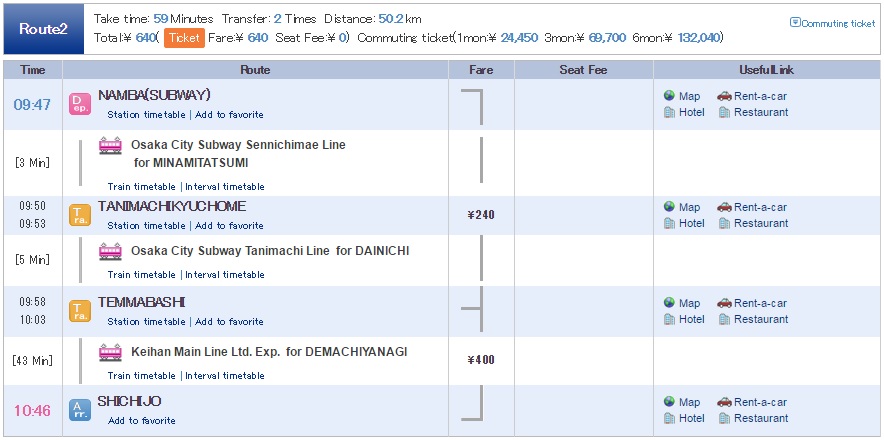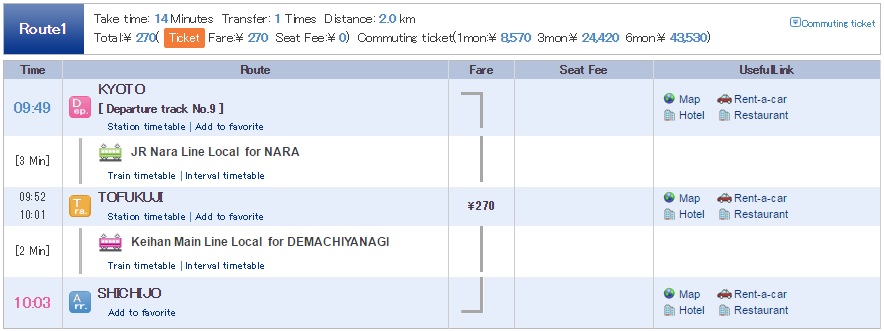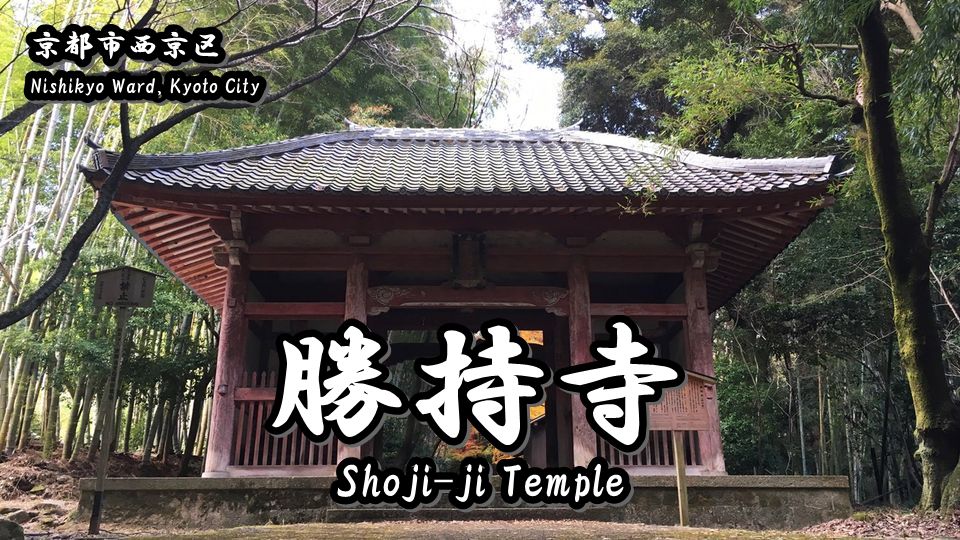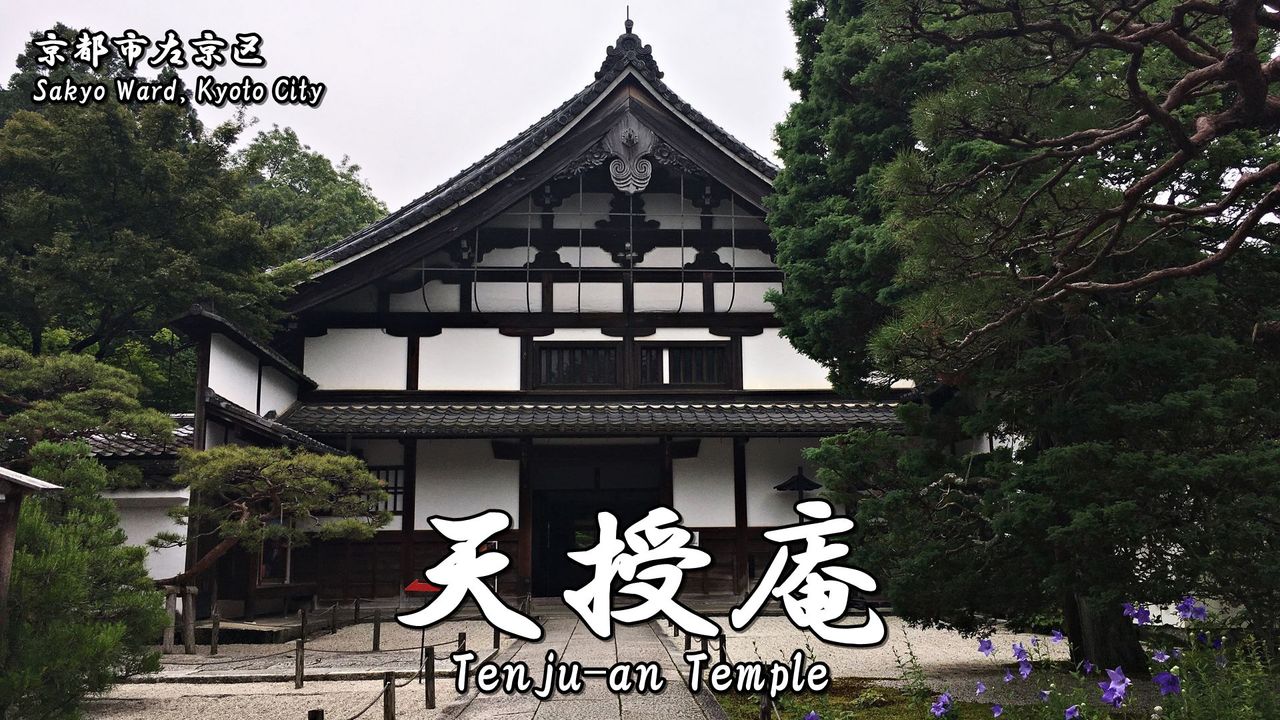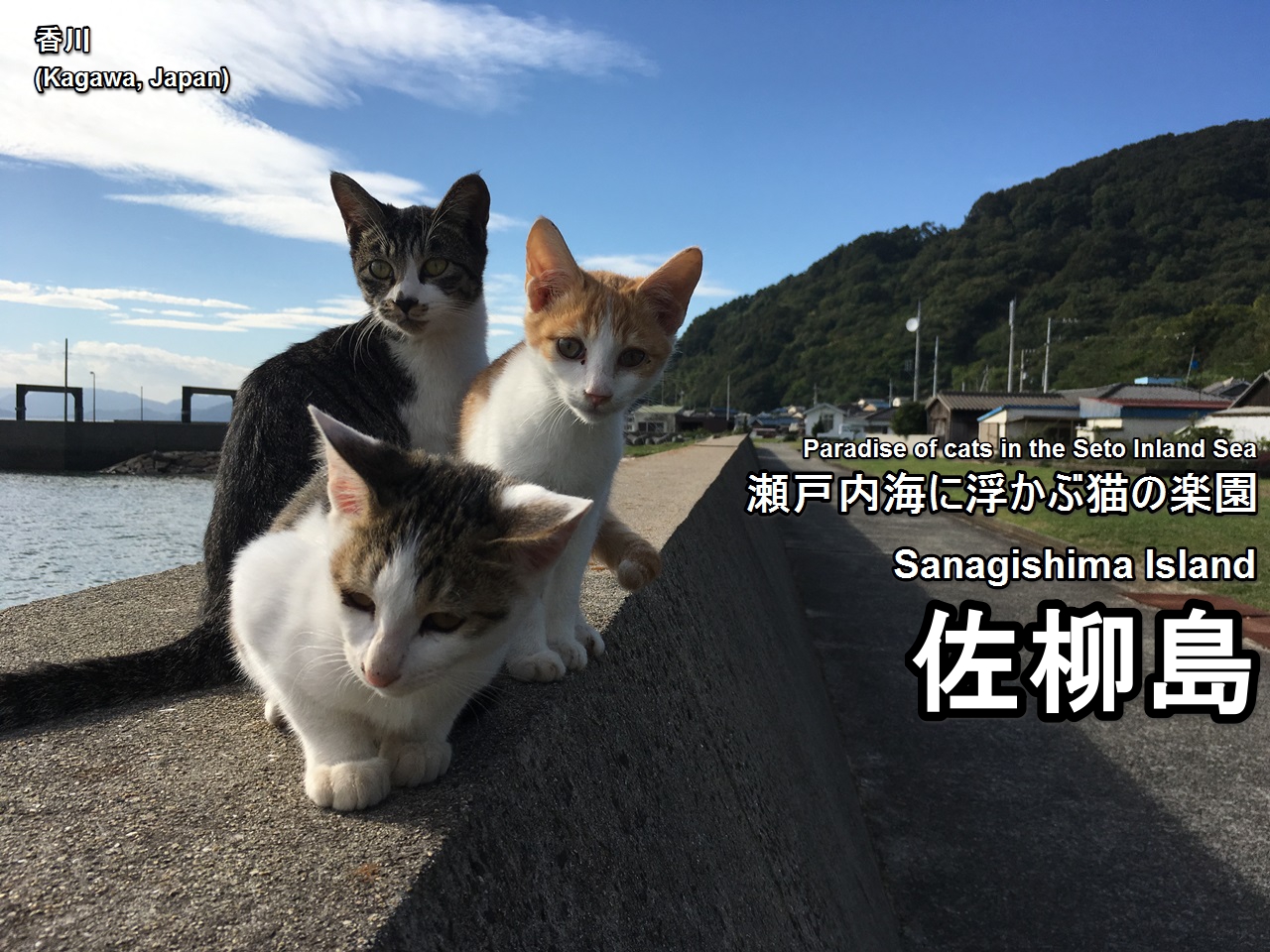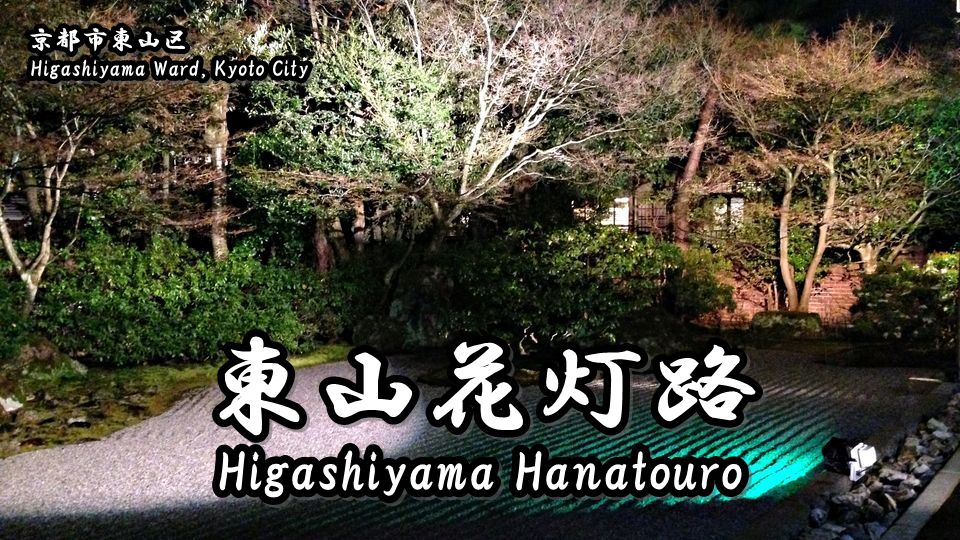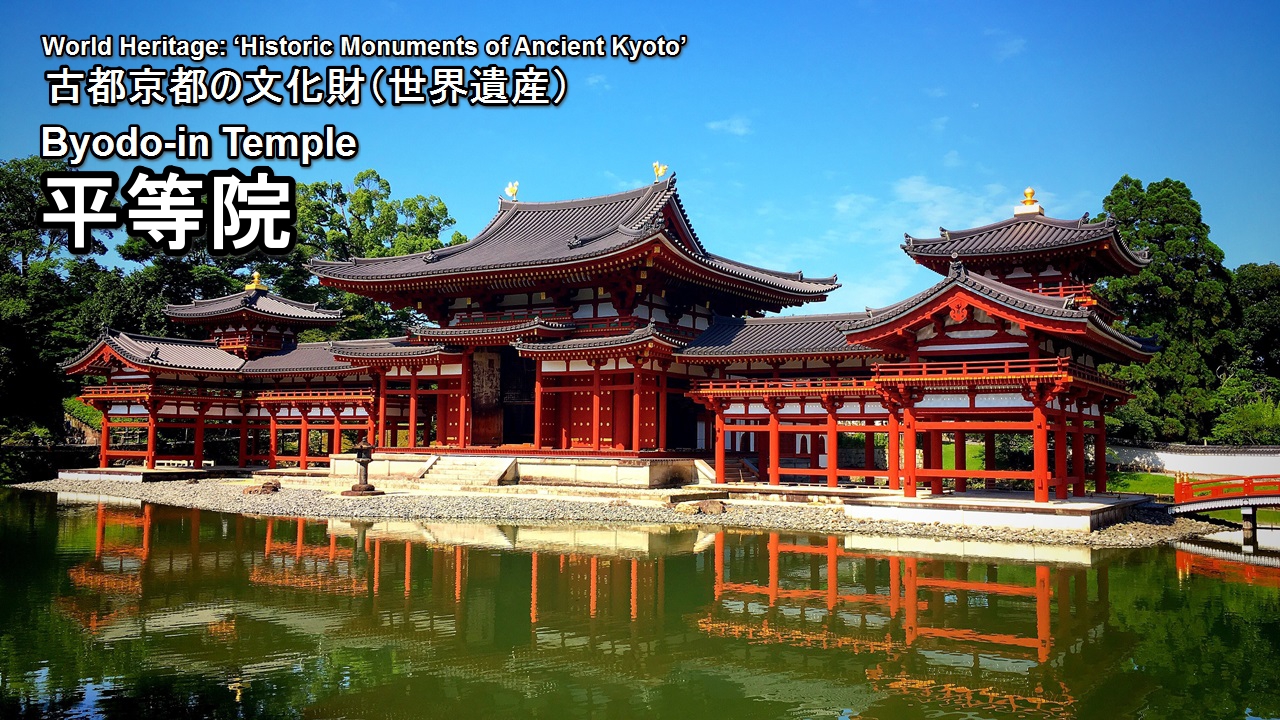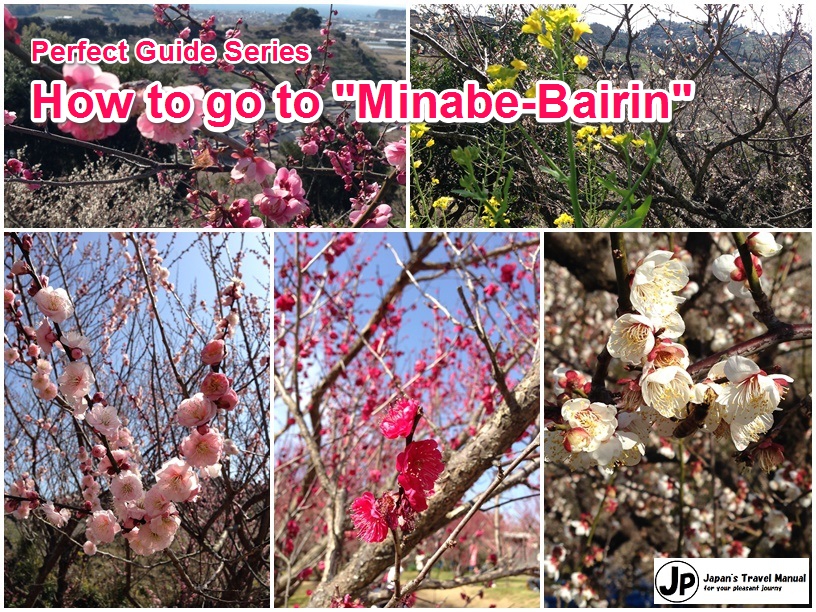“Where is the temple which is the most impressive in the temple which you have seen so far?”
My answer is “Sanjusangen-do Temple”.
The highlight of Sanjusangen-do Temple is 1,001 wooden standing statues of Senju-Kannon which is enshrined into the main hall of a Buddhist temple.
This scenery is beyond a doubt the best part.
Each wooden standing statues of Senju-Kannon have a different face.
Therefore, it is said that there is an image resembling the person who wants to meet by all means.
In addition, Sanjusangen-do Temple is appointed in Michelin green guide ★★★(best rank).
Contents:
- About Sanjusangen-do Temple
- Highlight of Sanjusangen-do Temple
- Goshuin(shrine seal or stamp) of Sanjusangen-do Temple
- How to get to Sanjusangen-do Temple
1.About Sanjusangen-do Temple
Open:8:00~17:00(November 16~March:9:00~16:00)
Admission Fee:Adults 600 yen, High school/junior high student 400 yen, Children 300 yen
Adress:657, Sanjusangendomawaricho, Higashiyama-ku Kyoto-shi, Kyoto, 605-0941, Japan
Phone Number:+81-75-561-0467
Sanjūsangen-dō (三十三間堂, lit. thirty-three ken (length) hall) is a Buddhist temple in Higashiyama District of Kyoto, Japan. Officially known as “Rengeō-in” (蓮華王院), or Hall of the Lotus King, Sanjūsangen-dō belongs to and is run by the Myoho-in temple, a part of the Tendai school of Buddhism. The temple name literally means Hall with thirty three spaces between columns, describing the architecture of the long main hall of the temple.
引用(citation):https://en.wikipedia.org/wiki/Sanj%C5%ABsangen-d%C5%8D
Introduction of Sanjusangen-do Temple. (from a brochure)
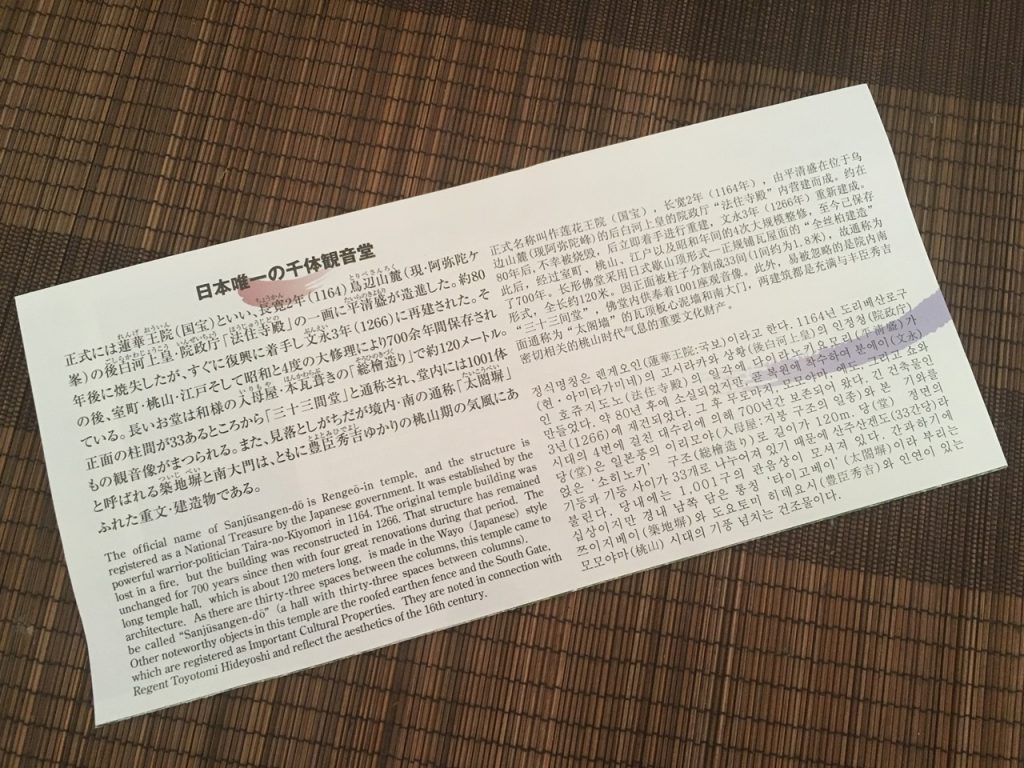
The entrance of Sanjusangen-do Temple.
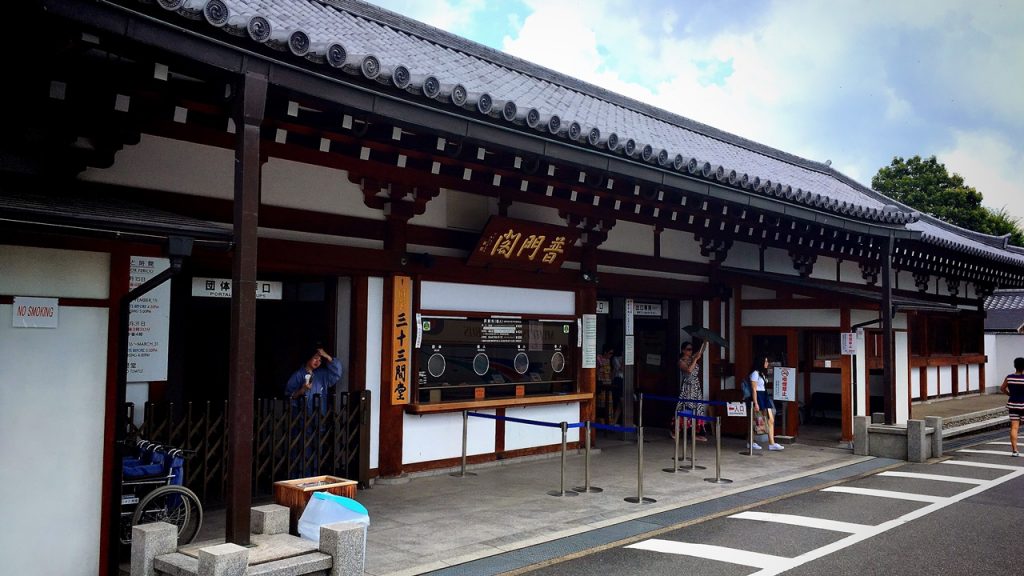
An admission fee is 600 yen (adults).
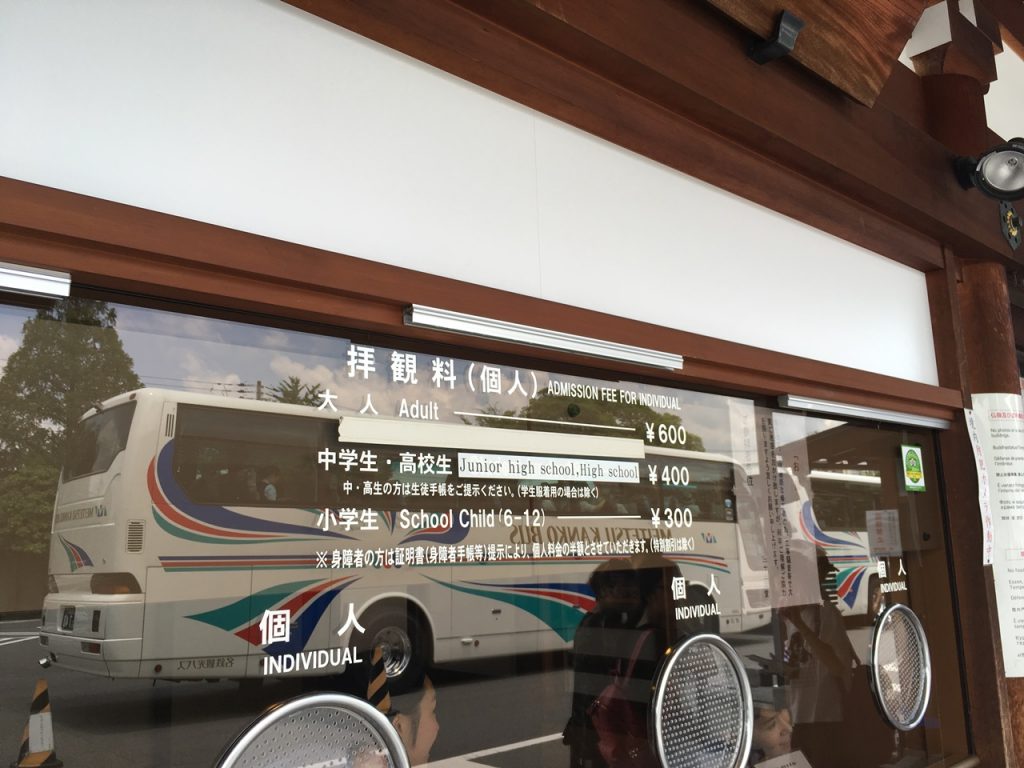
Because worship time is different by a season, please be careful.
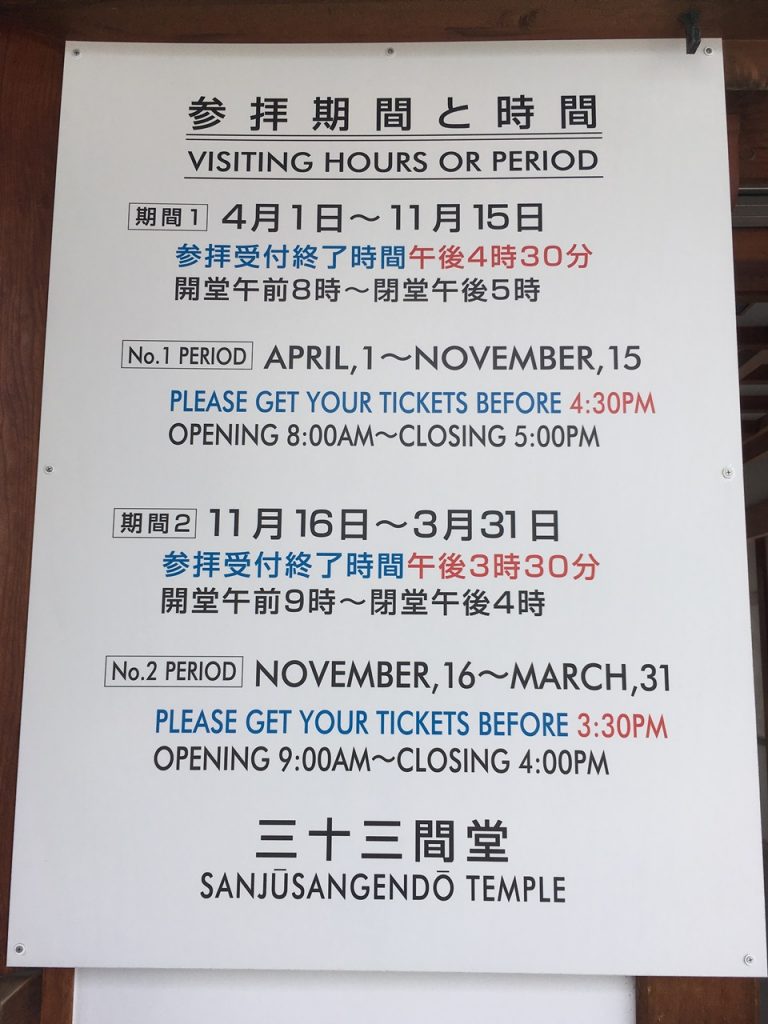
2.Highlight of Sanjusangen-do Temple
Photography and video recording are prohibited in the main hall.
- The main hall of Sanjusangen-do Temple (National treasure)
- Standing Statue of Senju Kannon(Important cultural property) and 28 Attendants of Senju-Kannon(National treasure)
- Statues of Fujin (wind god) and Raijin (thunder god) (National treasure)
- Others
●The main hall of Sanjusangen-do Temple (National treasure)
The main hall was built in 1266. This building is the building which is secondly old wooden building in Rakuhoku of Kyoto.
(The oldest building is the main hall of Daihoon-ji Temple.)
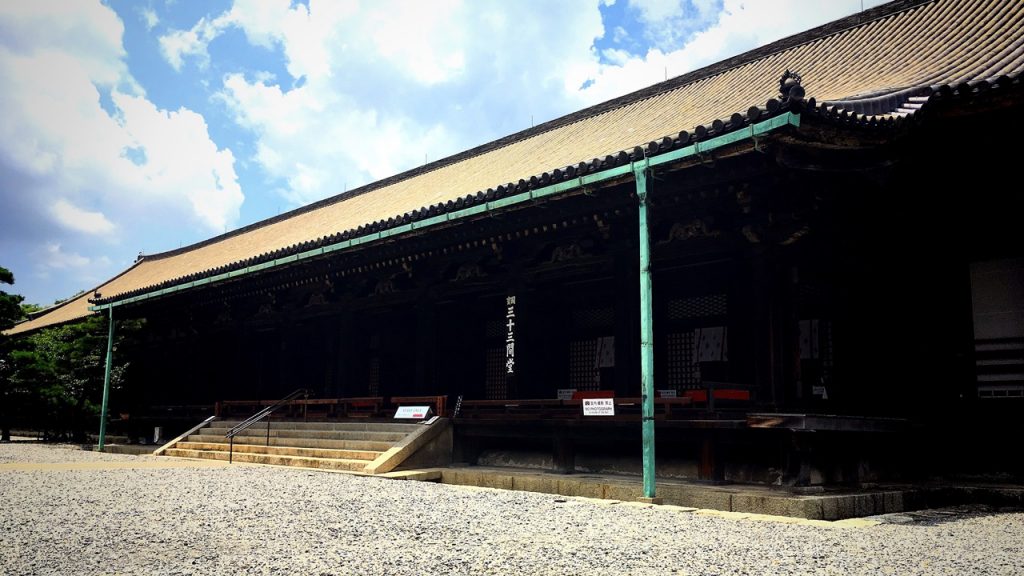
Because there are 33 intervals between pillars in this main hall, it is said to be “Sanjusangen-do Temple”.
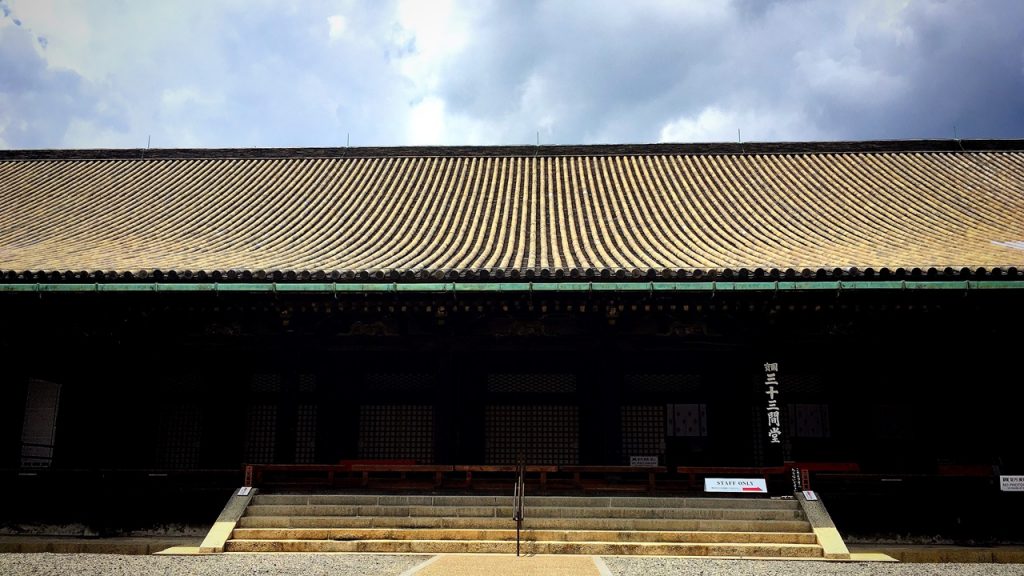
The length of this main hall has about 120m. More than 1,000 Buddhist image are enshrined in this main hall.
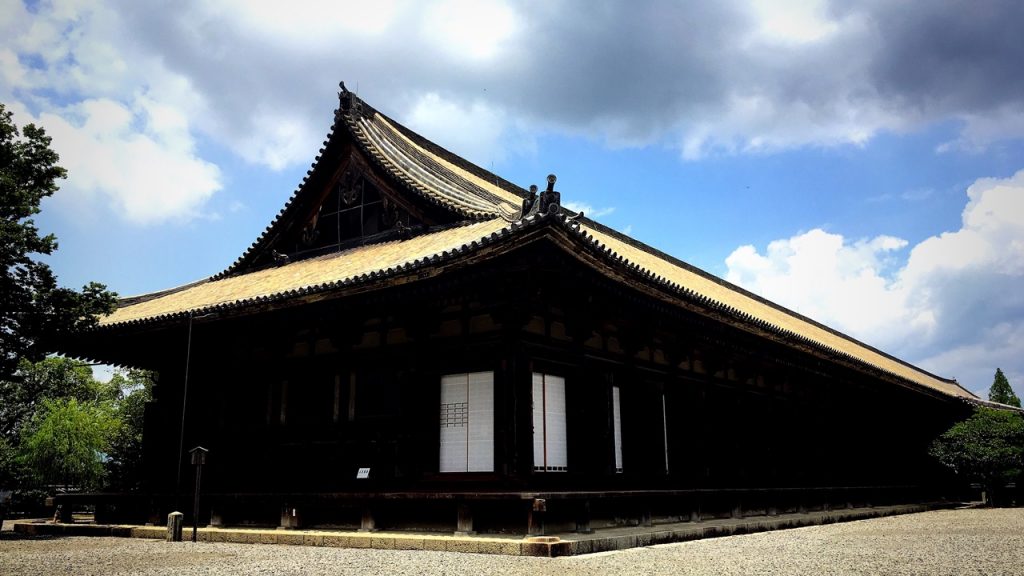
●Standing Statue of Senju Kannon(Important cultural property) and 28 Attendants of Senju-Kannon(National treasure)
The principal images of Sanjusangen-do Temple are the 1,001 statues of the Buddhist deity. (from a brochure)


This scenery is beyond a doubt the best part…
引用(citation):http://kyoto-rakuraku.net/13-3.html
引用(citation):http://find-travel.jp/article/536
●Statues of Fujin (wind god) and Raijin (thunder god) (National treasure)
God of Wind and Thunder which are bringing a huge harvest.
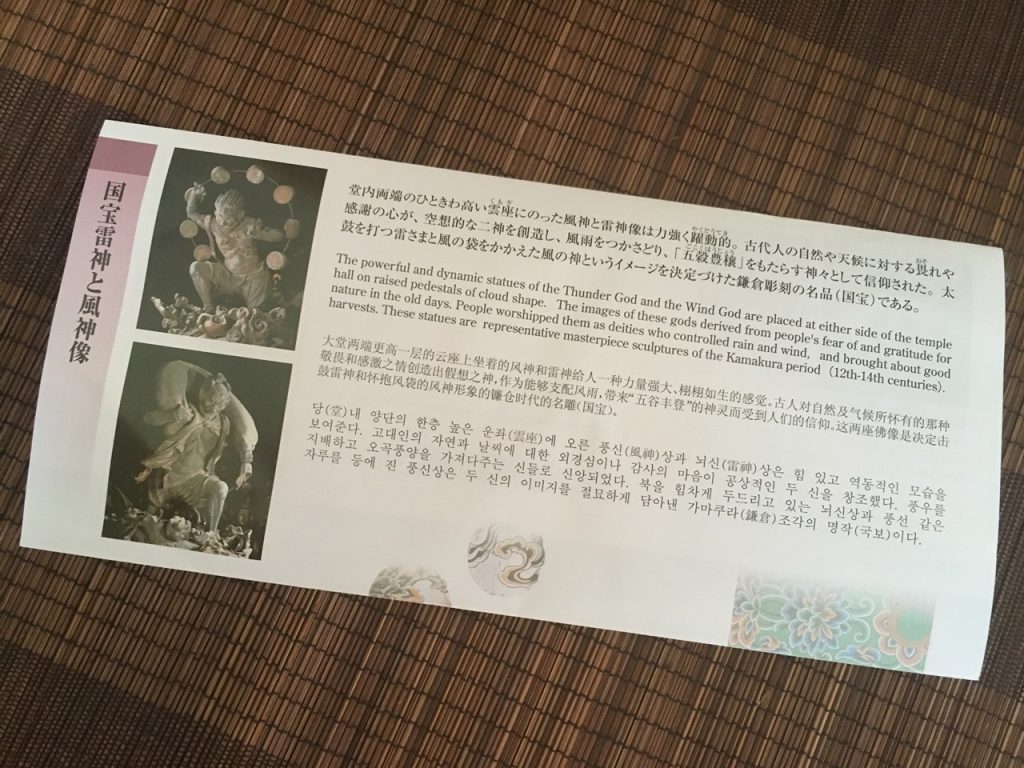
This is the powerful and dynamic statue.(○´艸`)
引用(citation):http://f.hatena.ne.jp/yasukochan/20160118000302
●Others
Because Hideyoshi Toyotomi did oblation, the wall surrounding the precincts is called “太閤塀(Taikohei)”.

The bell tower is also painted with cinnabar red.
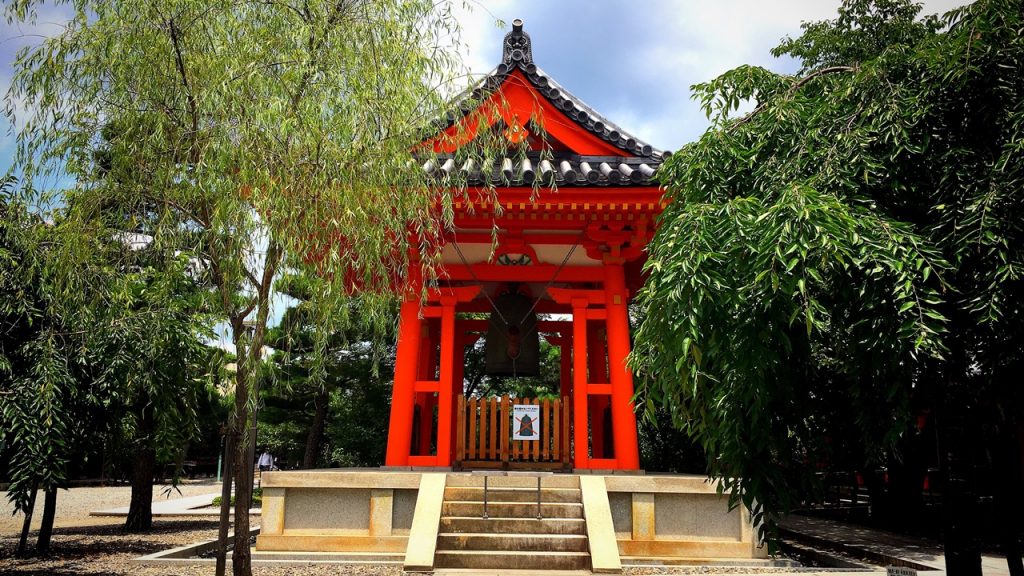
This is the Inari Shrine in the backside of the main hall. I can feel syncretization of Shinto with Buddhism. It is really God and Buddha.
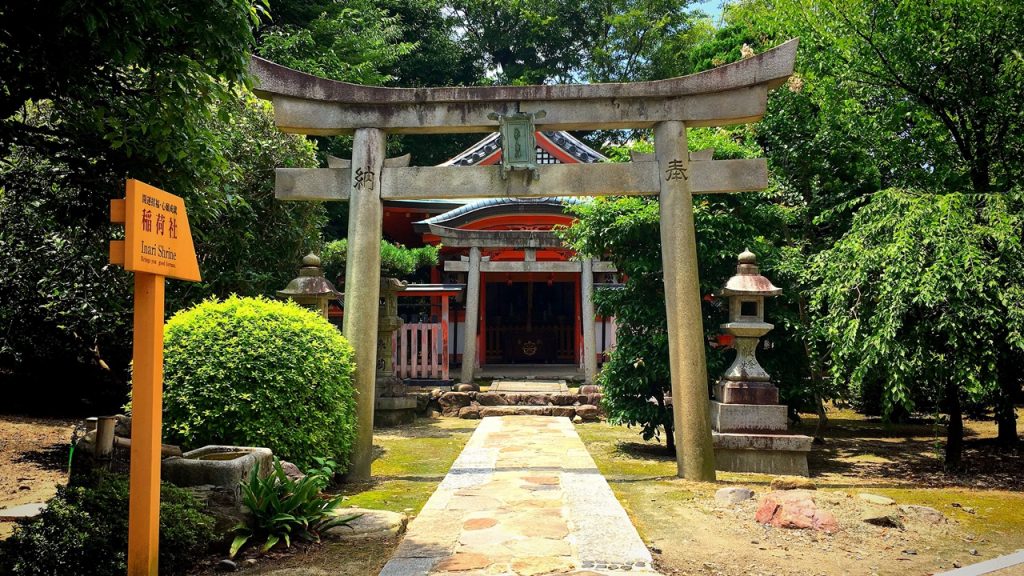
Small Buddha is enshrined in Chozusha (building for cleaning hands and rinsing mouth).
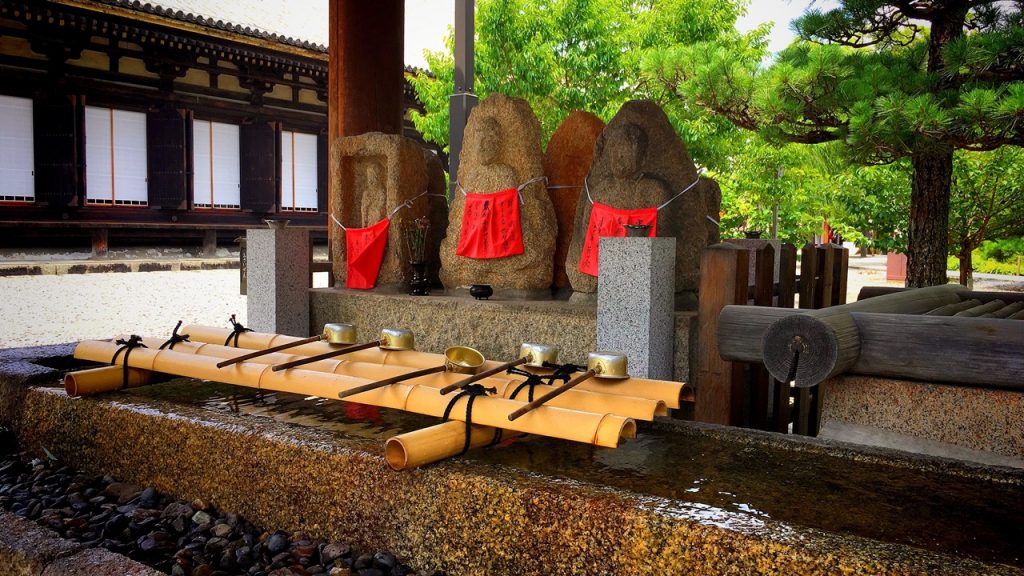
3.Goshuin(shrine seal or stamp) of Sanjusangen-do Temple
A character of “大悲殿(Daihiden)” meaning another name of the main hall of a temple dedicated to the Kannon as principal object of worship is written.

4.How to get to Sanjusangen-do Temple
●MAP
Nearest station of Sanjusangen-do Temple is “Keihan Shichijo station”.
■Keihan Shichijo station→Sanjusangen-do Temple
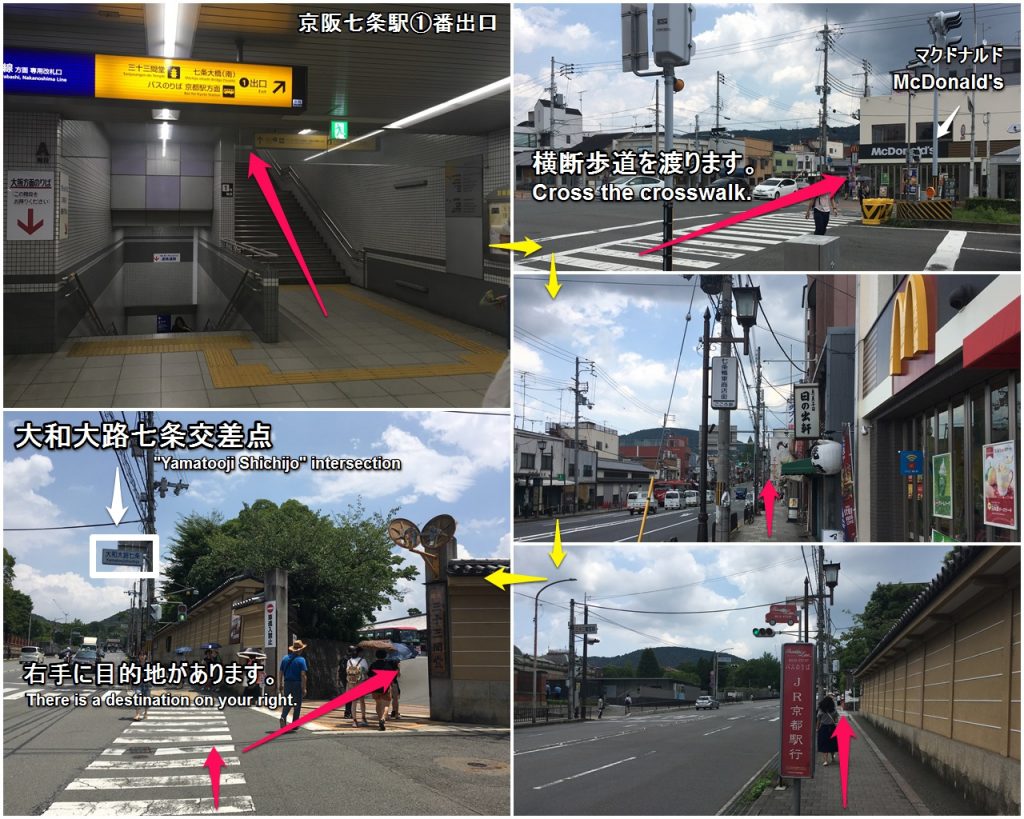
How did you like it?
Please try to go.
Have a nice trip! XD
<Let’s search the sightseeing information of Kansai in Japan on ‘Japan’s Travel Manual‘!!>
<This site introduces the easiest way to get Japanese (Kansai) sightseeing spots to you.>

